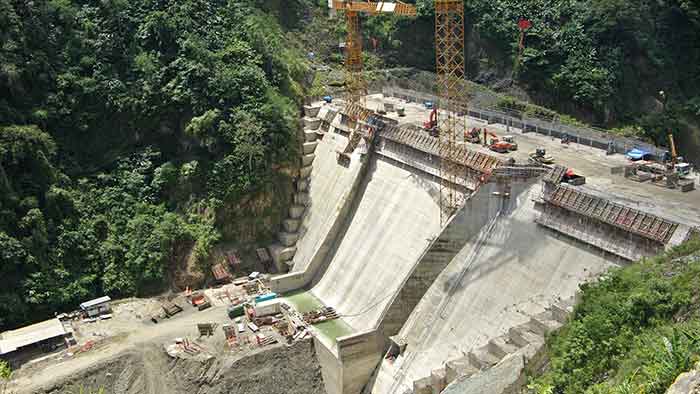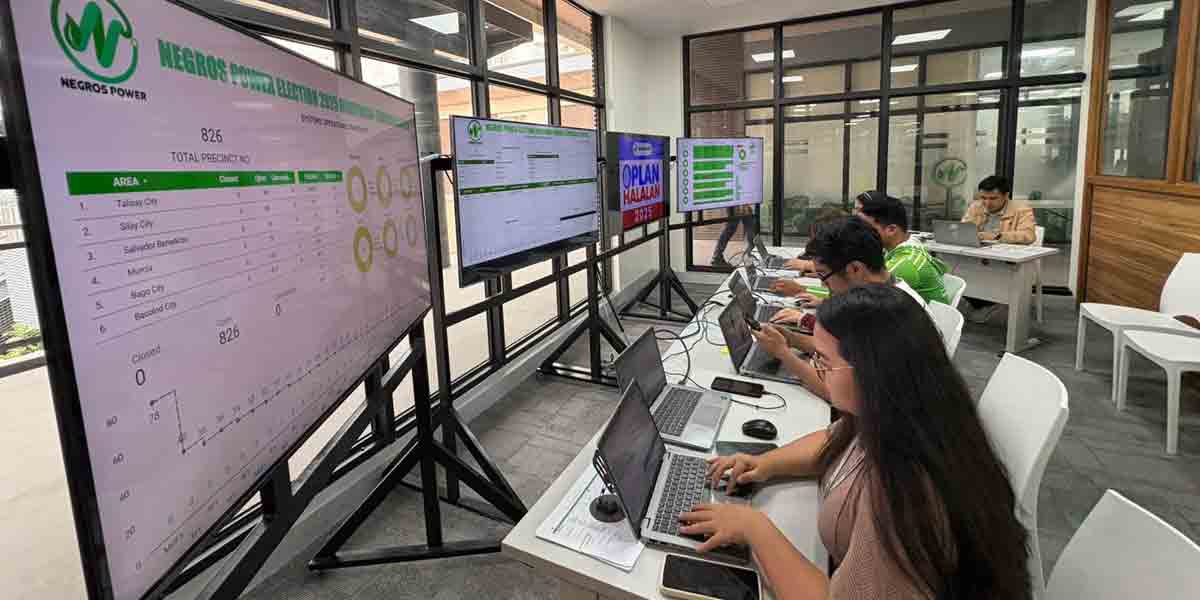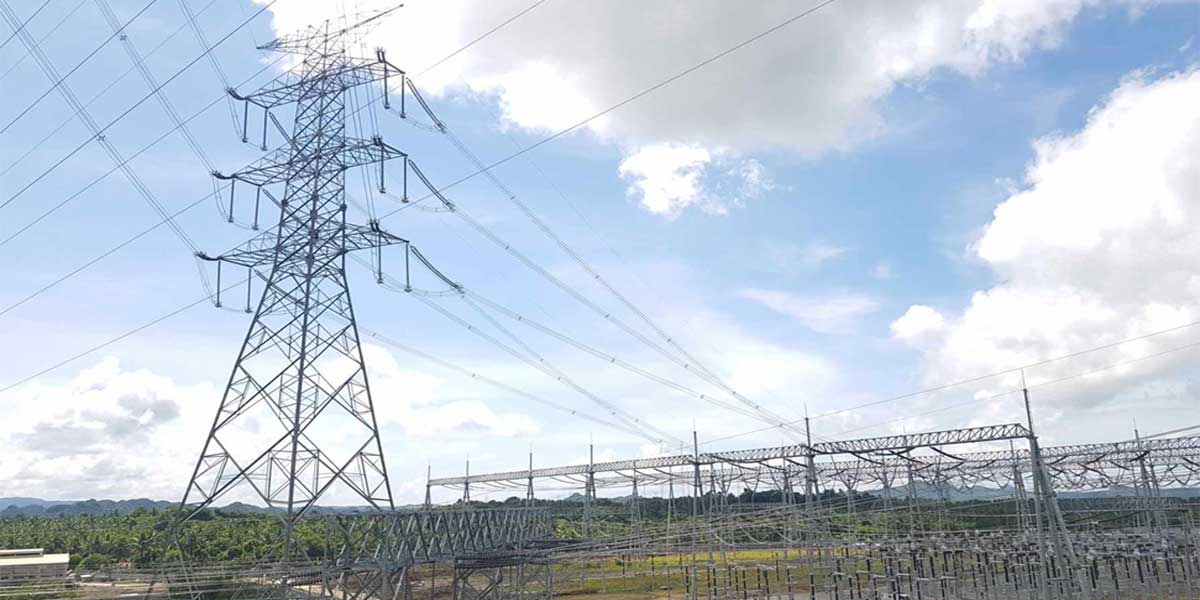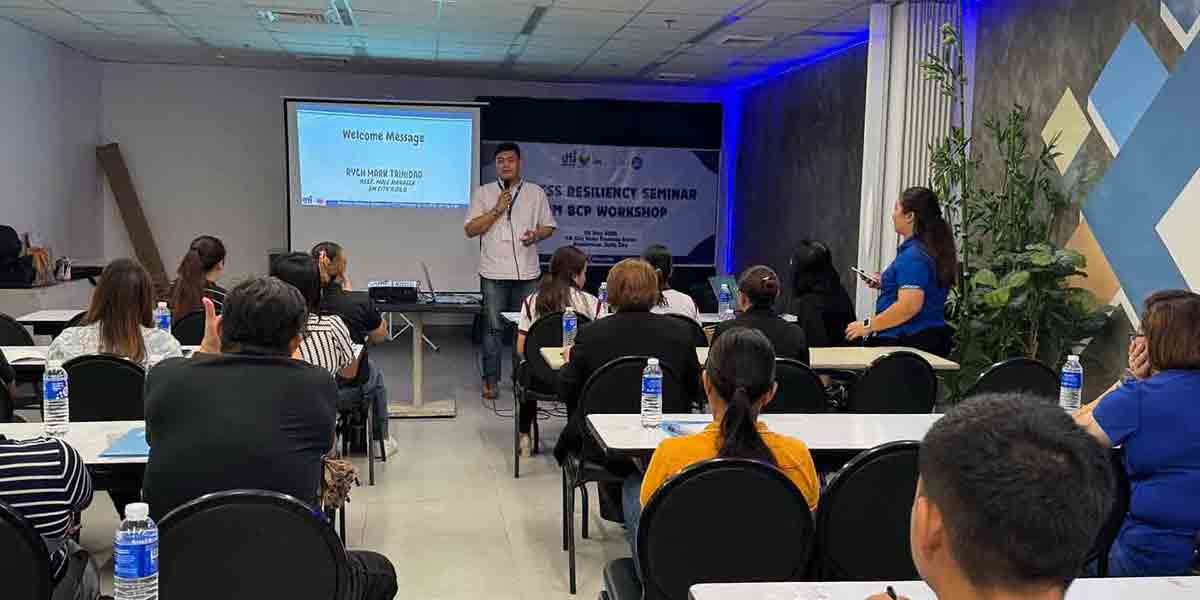
By Rjay Zuriaga Castor
United Nations Climate Change and Human Rights Special Rapporteur Ian Fry has called on the government to promote and protect the human rights of the Indigenous People (IP) amid the ongoing construction of the Jalaur River Multi-Purpose Project Stage II (JRMP II) in Calinog, Iloilo.
Fry visited JRMP II, specifically the Jalaur High Dam and Jalaur Afterbay Dam on November 13, to assess the environmental and social aspects of the project’s implementation.
During the visit, Fry engaged in a dialogue with members of the Tumandok tribe who were killed in police operations on December 30, 2020.
Nine members of the Tumandok tribe who were opposing the Jalaur Mega Dam project were killed, while others were arrested.
“Their only crime was that they had protested against the construction of the Jalaur Mega Dam Project. These people are stewards of their ancestral lands and the primary custodians of the environment,” said Fry in an interim report shared during a press conference on November 15 at the UN House in Mandaluyong City.
“They have no interest in terrorism or communism,” he added, emphasizing that no one has been held accountable almost three years after the massacre.
The police authorities claimed that the slain indigenous peoples were members of the Communist Party of the Philippines and had fought back during the arrest. The operation was based on information from civilians in the area regarding the presence of individuals with high-powered firearms.
The UN Special Rapporteur stressed the need for an independent body to investigate the killing of Tumandok tribe leaders.
“It is also critical that the relatives of those who were executed are properly compensated for their loss, even if the loss of a loved one cannot be properly compensated for,” he added.
Fry will present a comprehensive report of his findings and recommendations to the UN Human Rights Council in June 2024.
“I call on the Philippine government to respect this right and establish a truth reconciliation process to investigate the unlawful killings by the military, hold those accountable for these killings, and provide reparations for those who suffered,” he said.
HEED THE CALL
In a joint statement, the Defend Panay Network (DPN) and Jalaur River for the People’s Movement called on the government to heed the UN Special Rapporteur’s recommendations to uphold the rights of the IPs and stop attacking environmental defenders.
“The initial report of the United Nations Special Rapporteur on the promotion and protection of human rights in the context of climate change […] should serve as a wake-up call for all sectors to acknowledge that challenges resulting from climate change and violations of human rights are interconnected and must be addressed decisively and promptly,” the group said.
They noted that Fry’s report showed that there appears to be a systematic program of harassment to force communities to approve dam projects, where “people who expressed concern about the projects were “harassed, red-tagged, assaulted by the military, and even killed.”
“The Special Rapporteur’s findings should impel the Philippine government to abide by human rights and environmental standards and to put an end to its policies of persecuting, killing, abducting and red-tagging activists, and indigenous peoples,” the group stressed.
Environmental group Kalikasan People’s Network for the Environment (Kalikasan PNE) noted that the construction of the Jalaur Dam has been linked to massive environmental and human rights violations.
“Megadam projects across the country have consistently been opposed by indigenous and local communities due to the massive social and environmental costs they bring,” said Jon Bonifacio, national coordinator of Kalikasan PNE.
Bonifacio pointed out that the Tumandok massacre of 2020 is a clear indication that the proponents of the dam have blood on their hands which should already be a reason to put an end to the project.
JRMP II has already attained 69.23 percent overall physical accomplishment as of the end of September this year, with two of the three central dams now substantially completed. The JRMP-II dams that have been completed so far are the 10-meter Alibunan River Catch Dam and the 38.5-meter Jalaur Afterbay Dam.
A housing project has been constructed for the Indigenous Peoples affected by the project and is now 95 percent complete. The housing project is co-funded by the National Housing Authority and the National Irrigation Administration.
There are 32 IP families who are set to receive a resettlement house with a 35-square-meter floor area on a 150-square-meter lot.


















